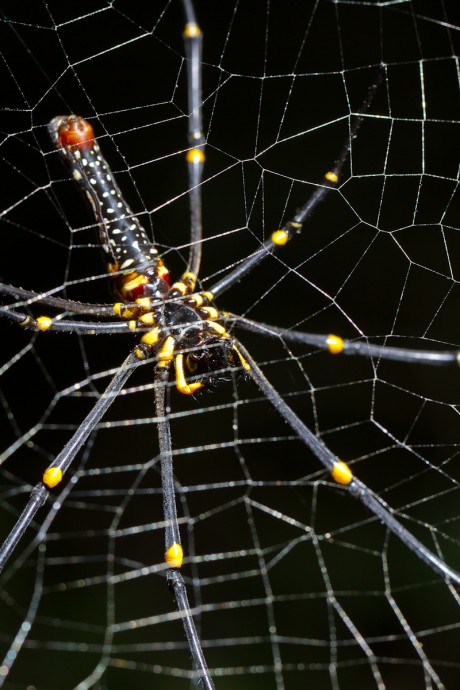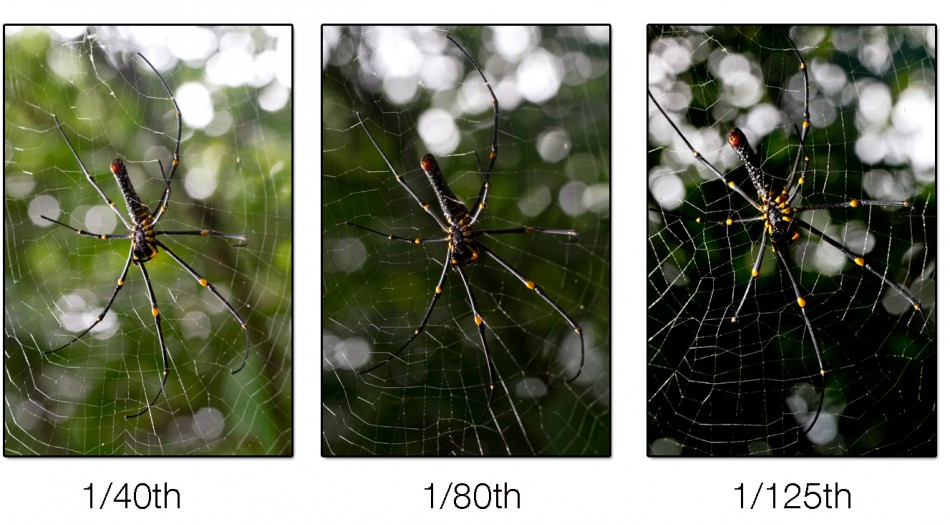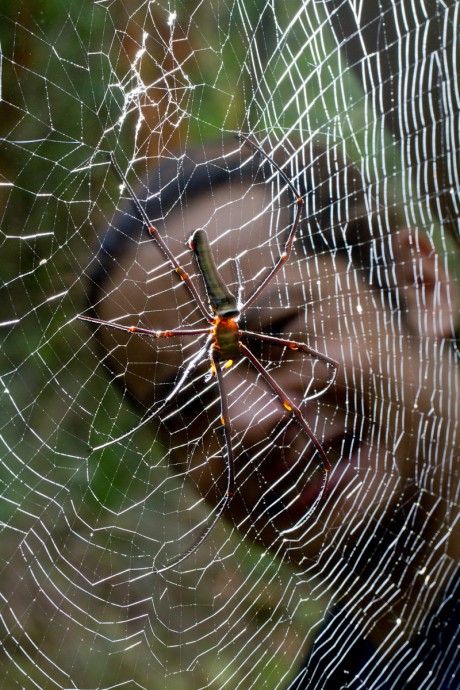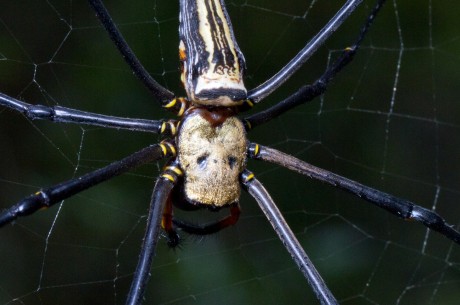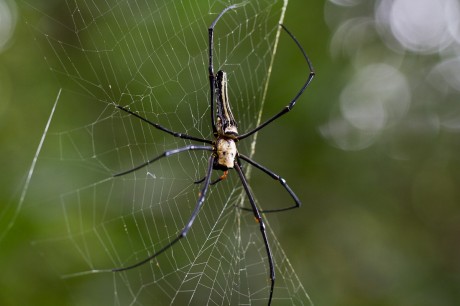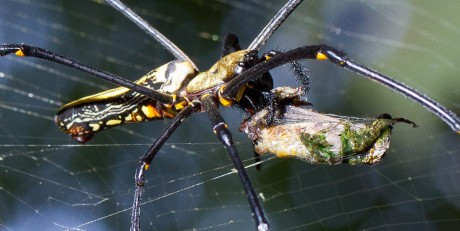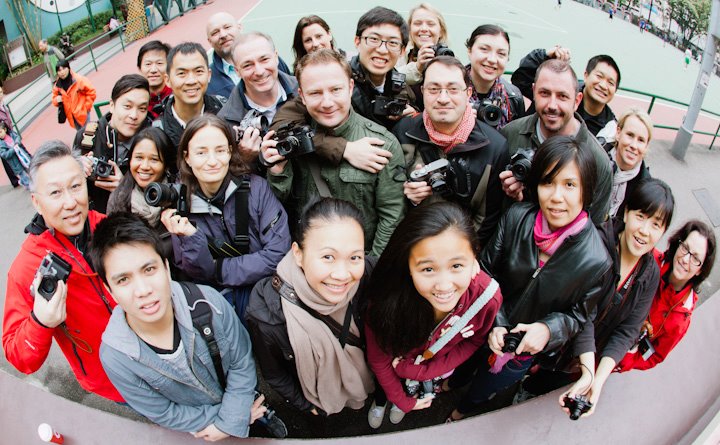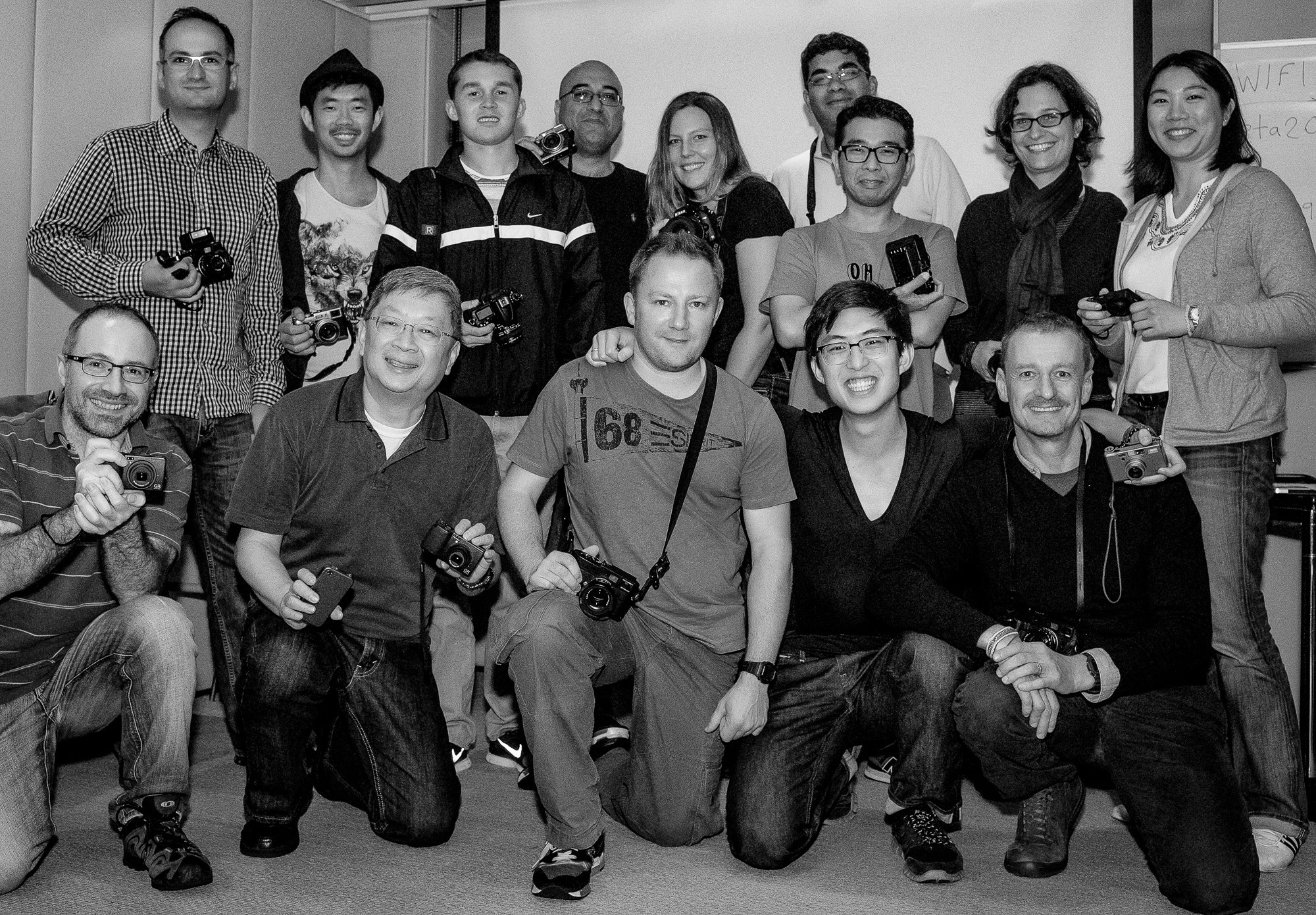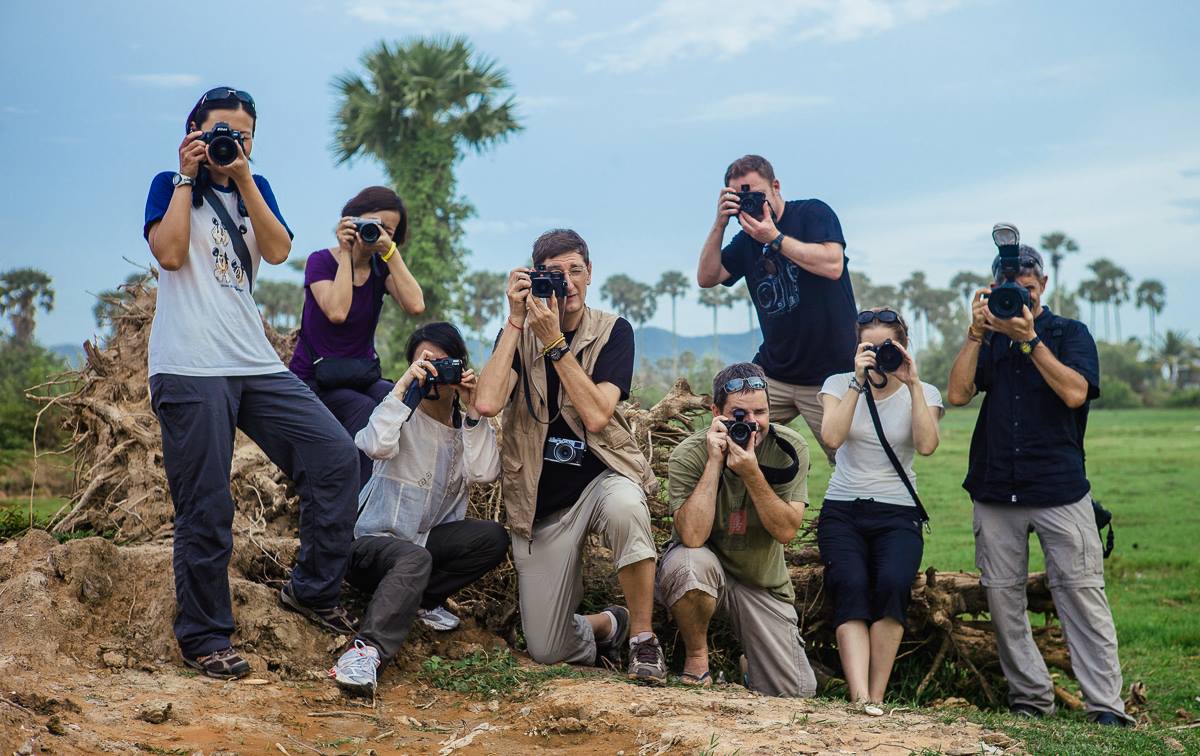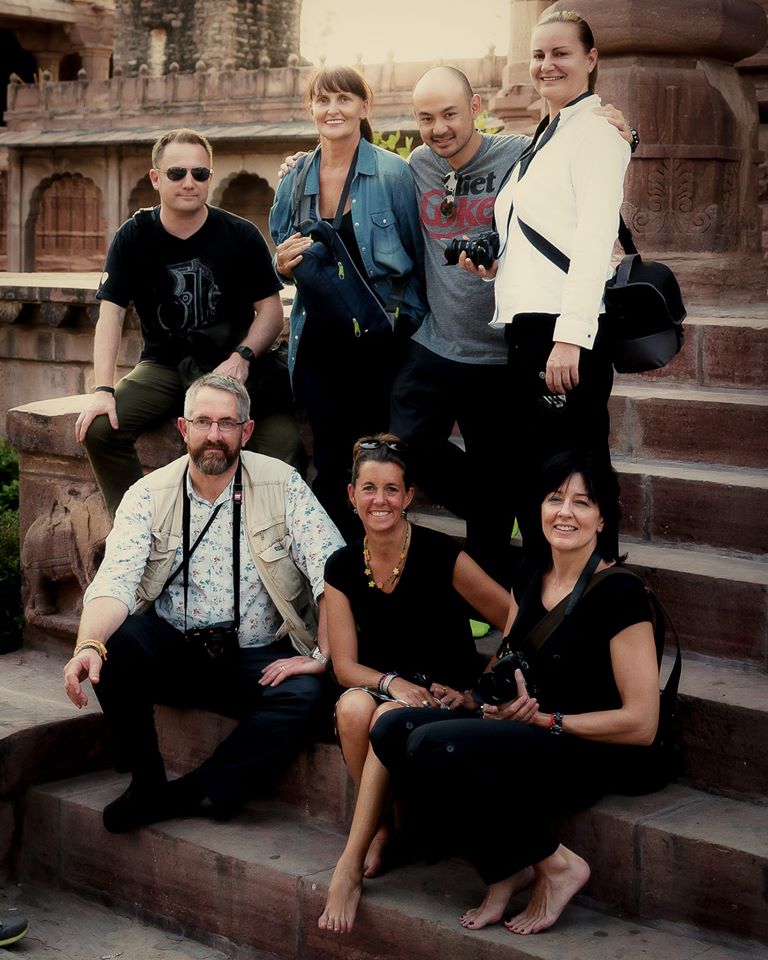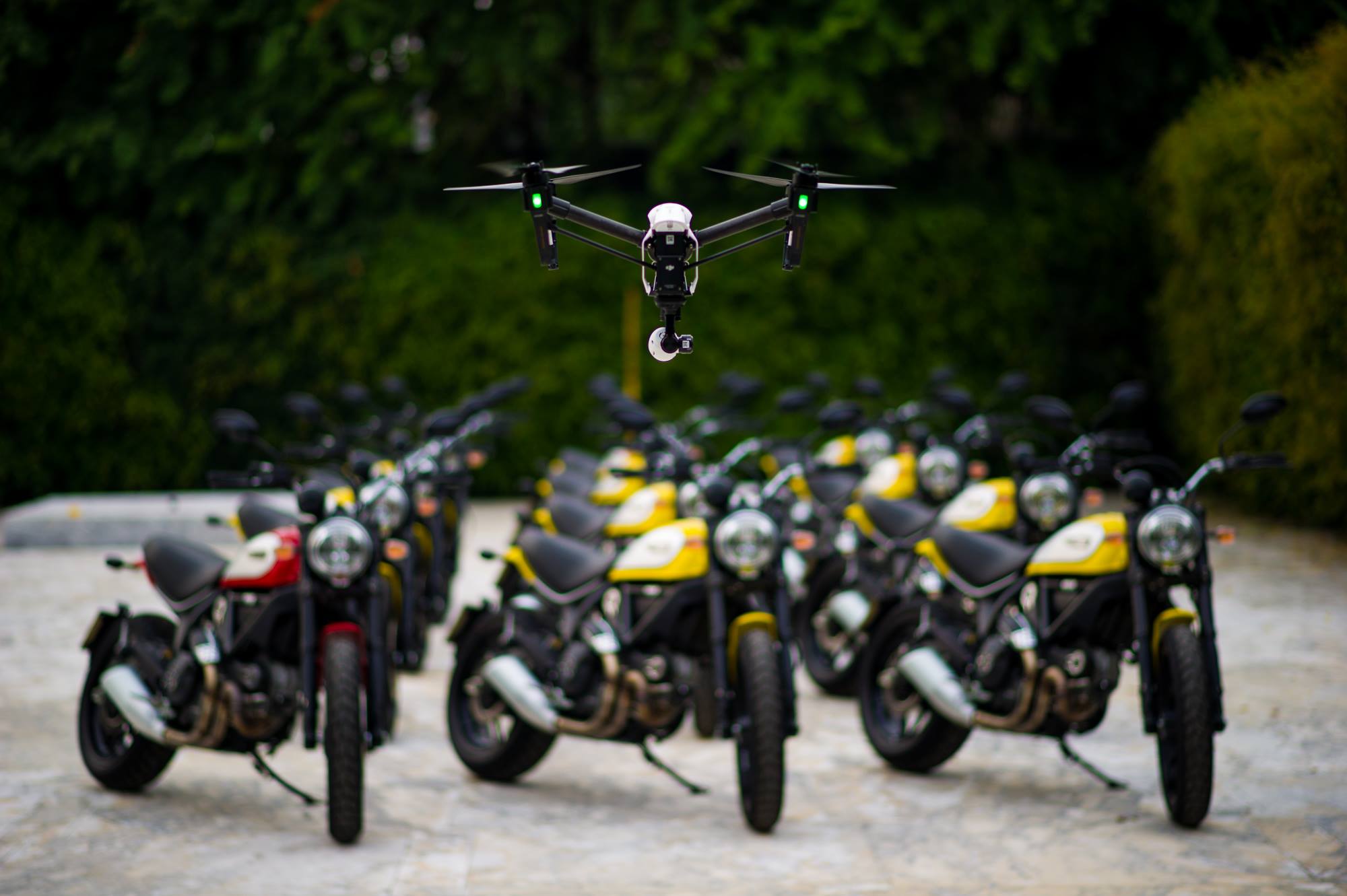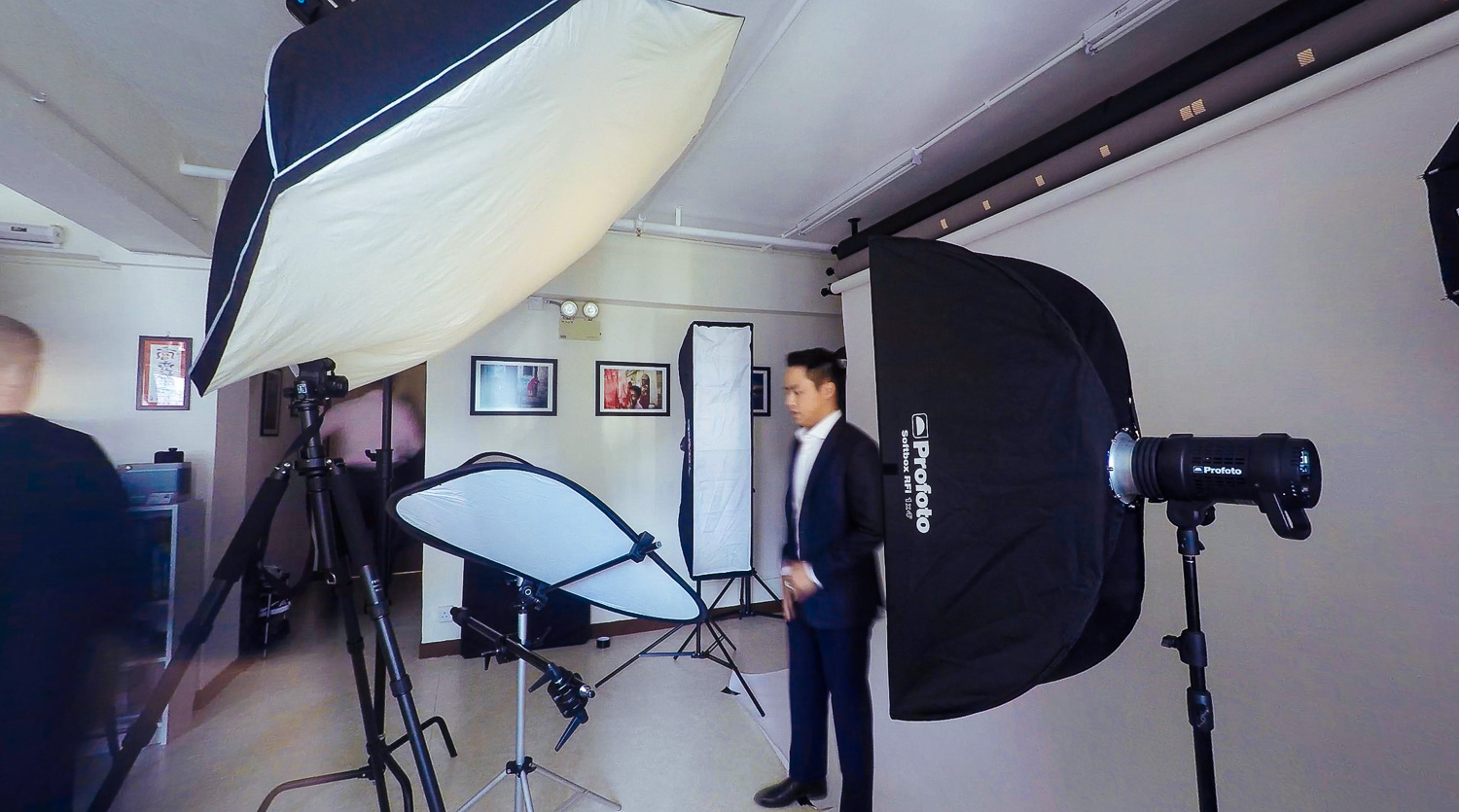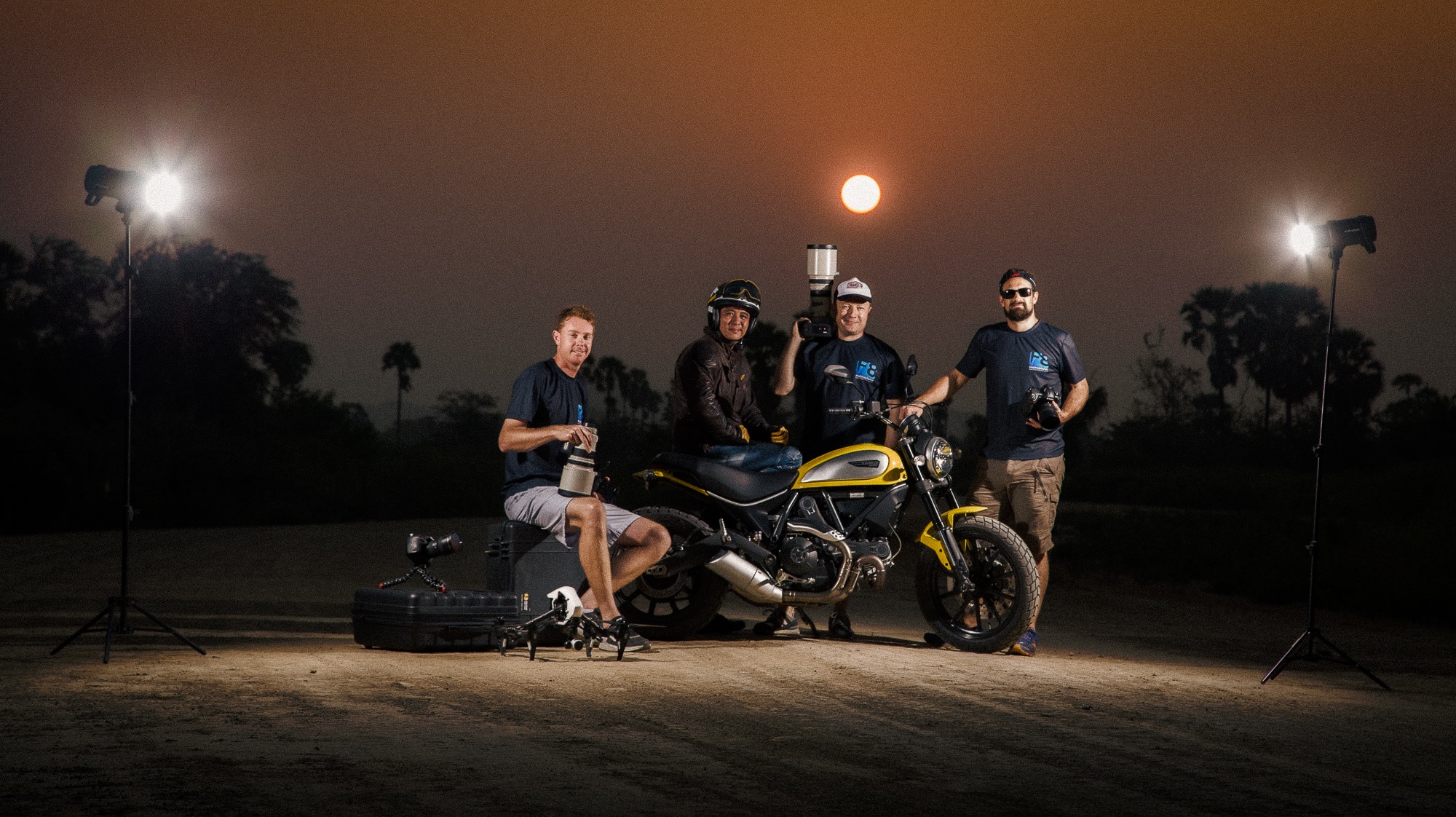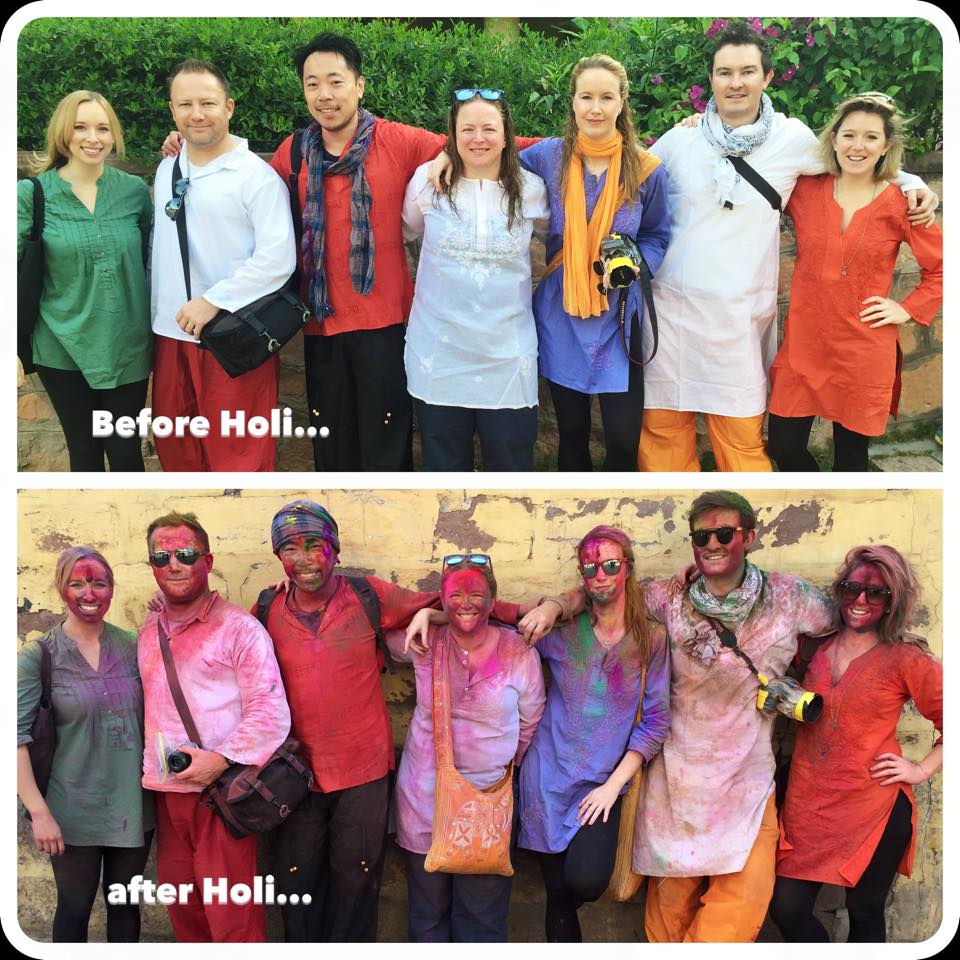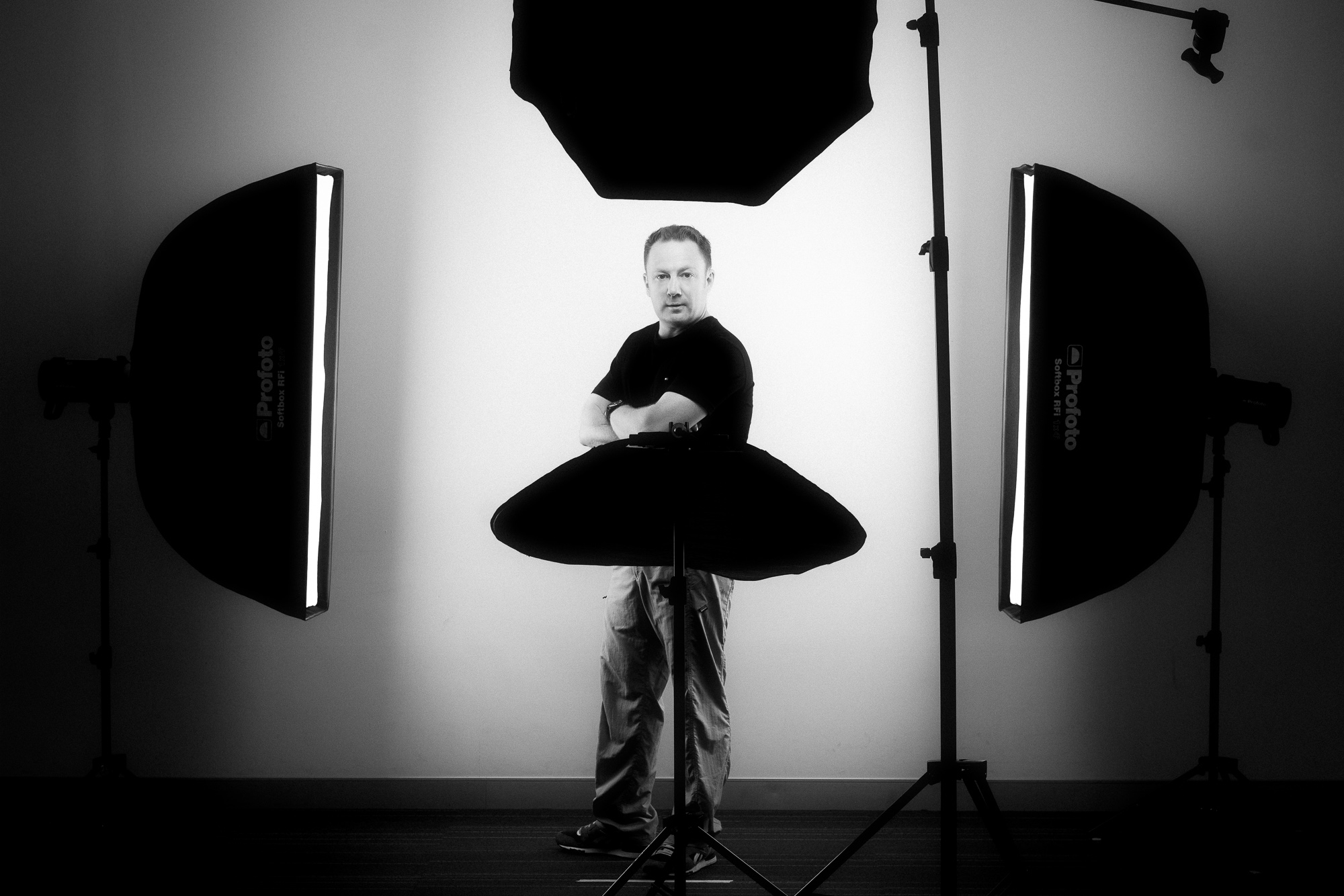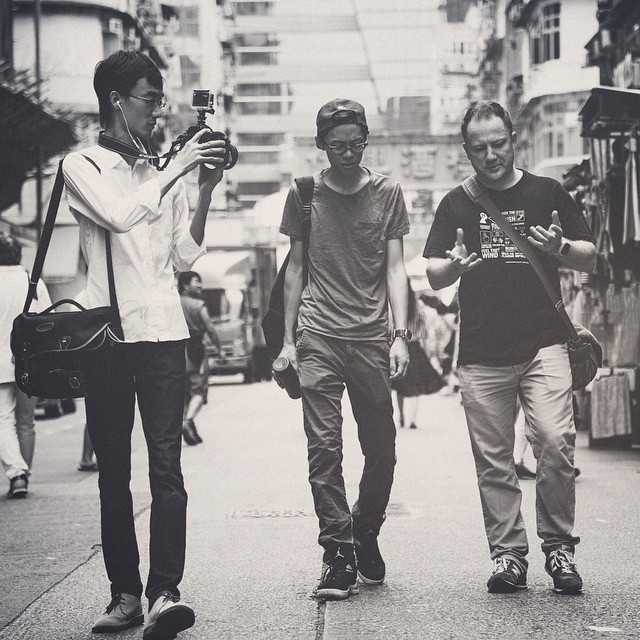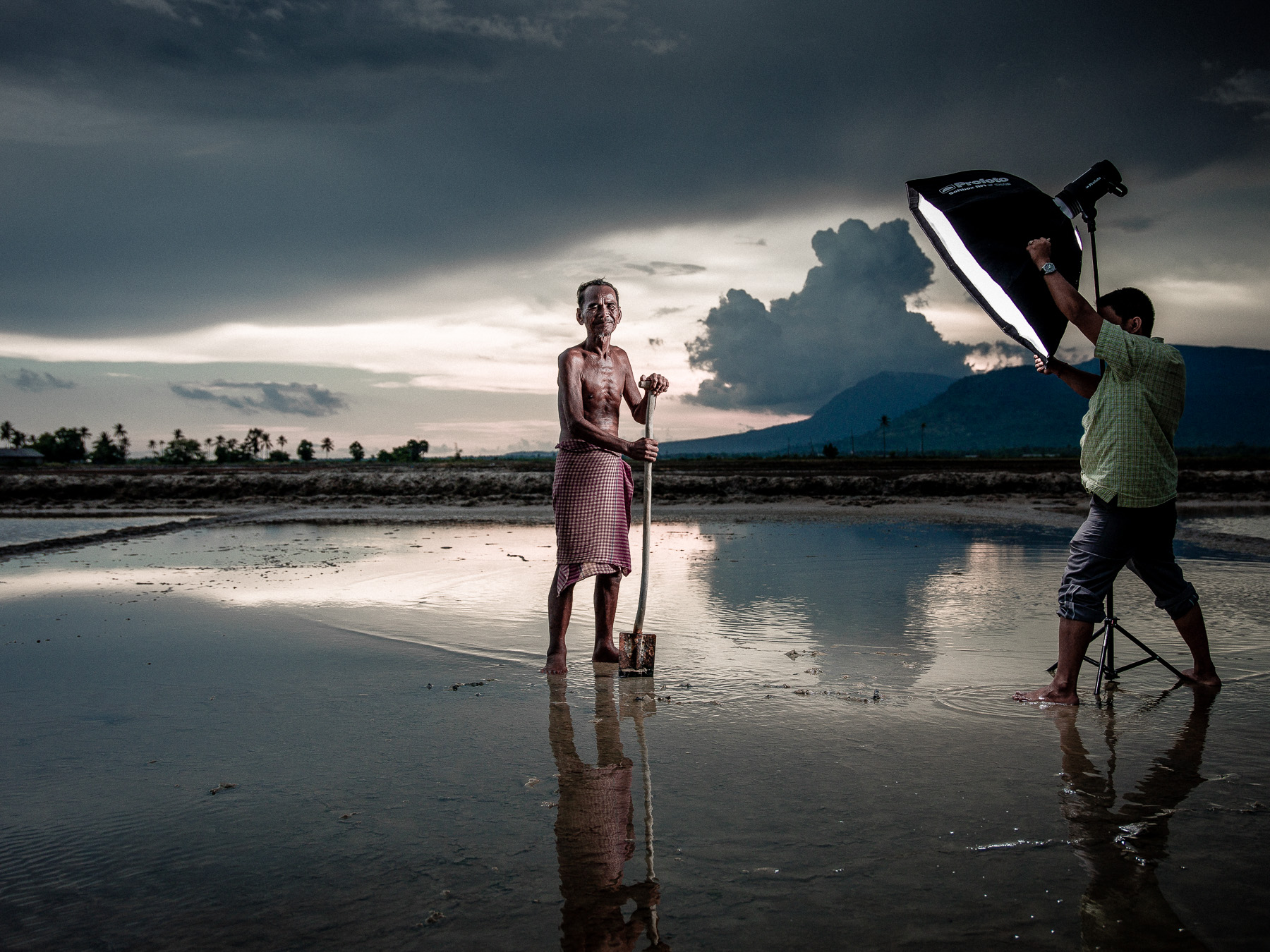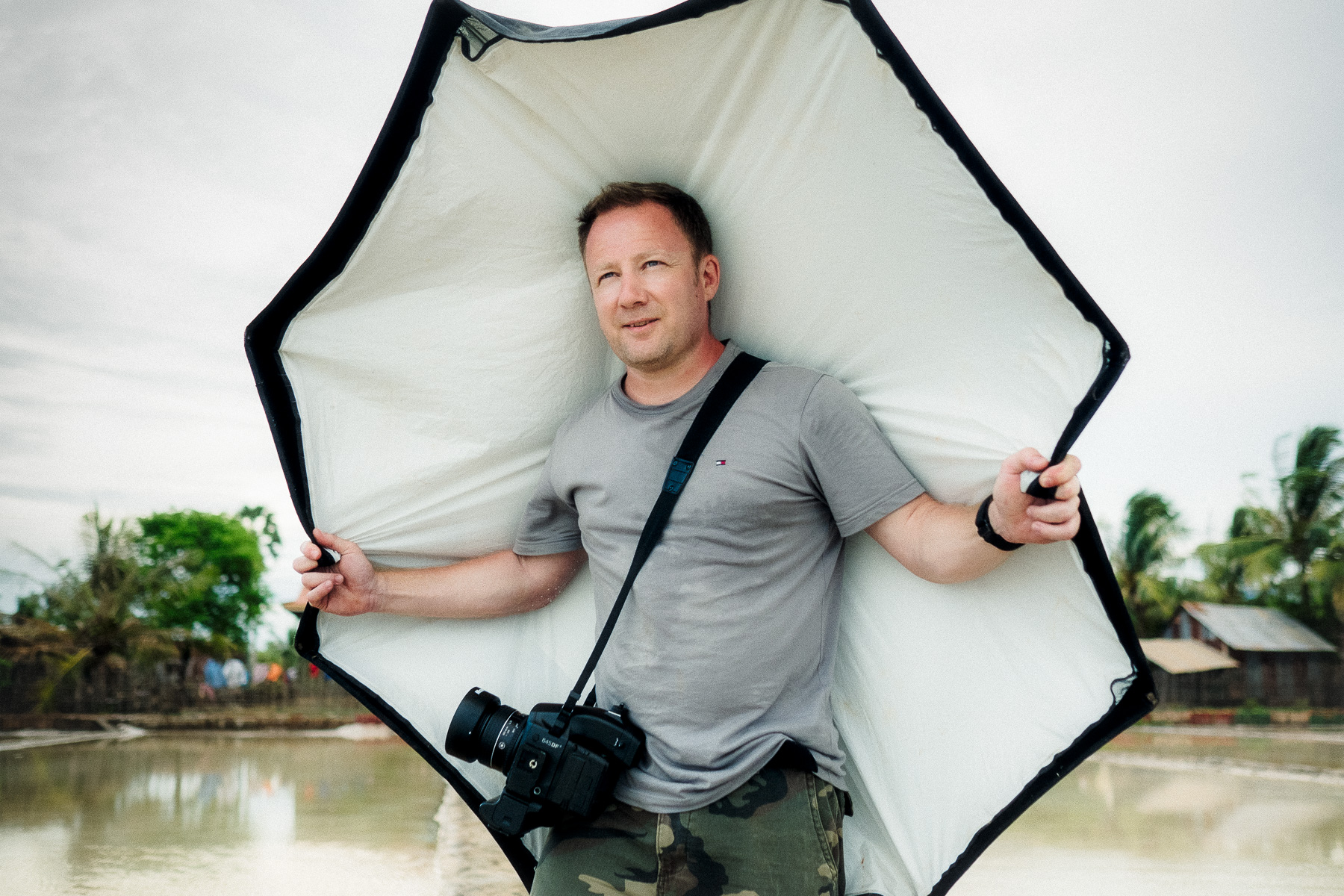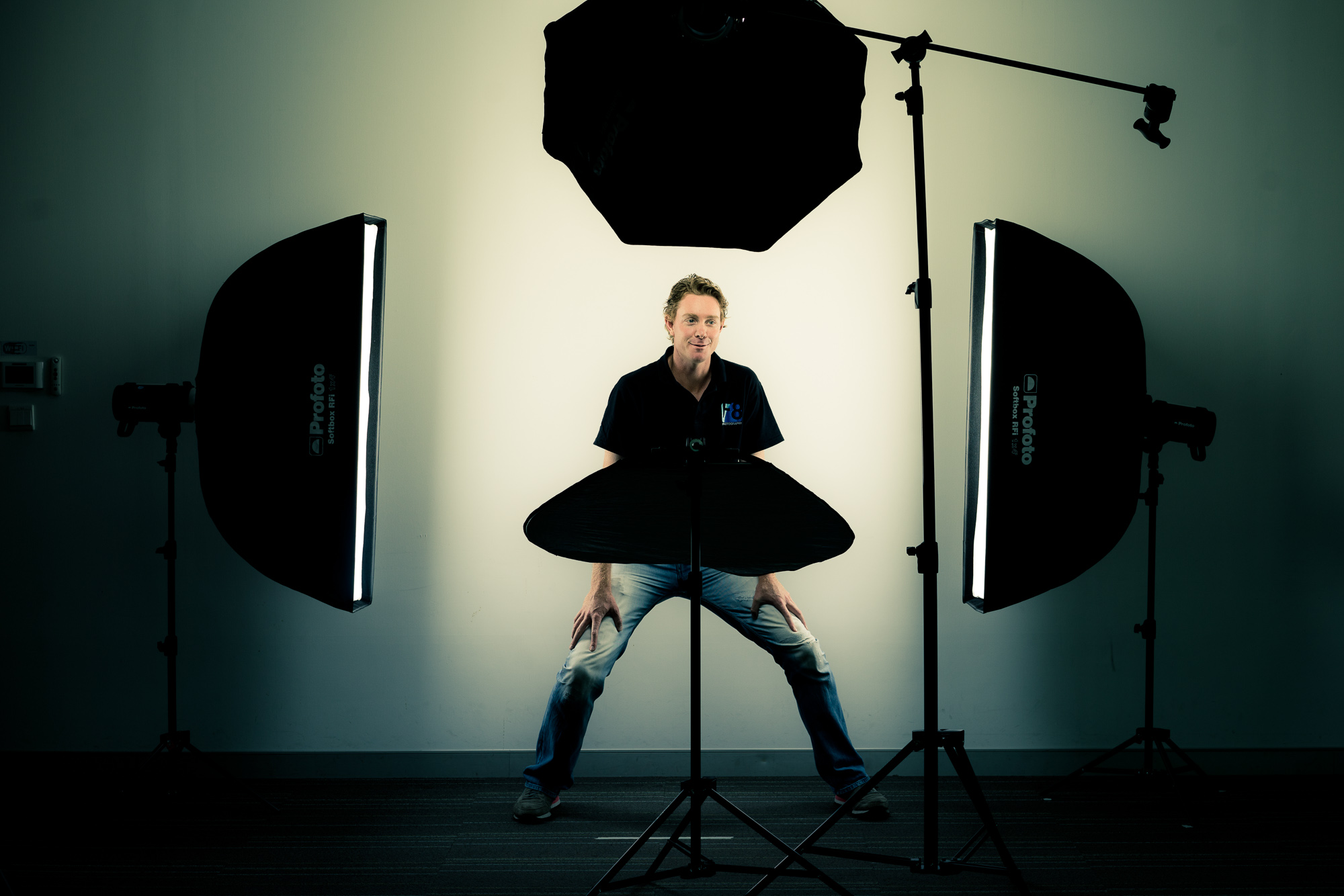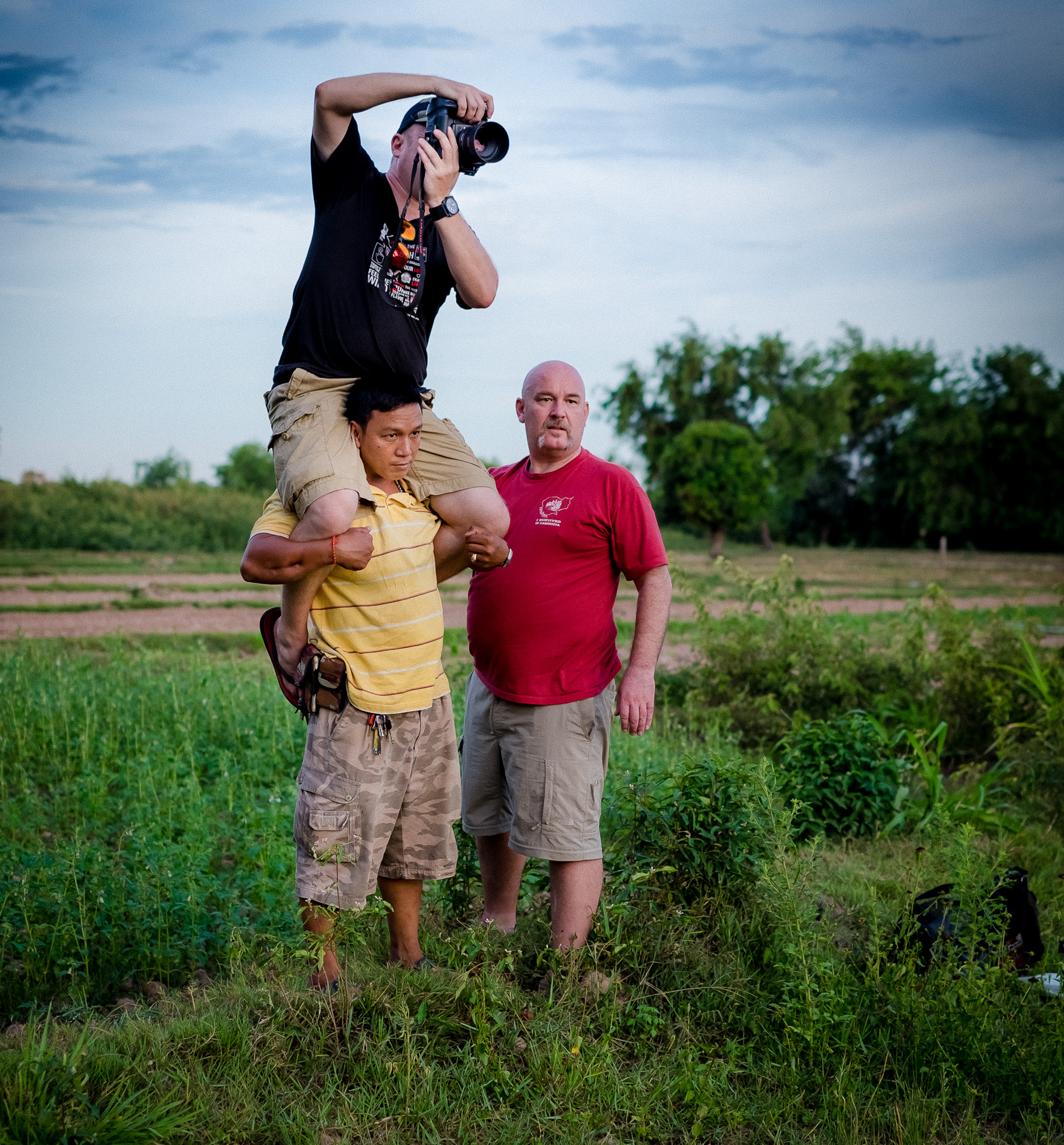Makati, Makati, Makati
/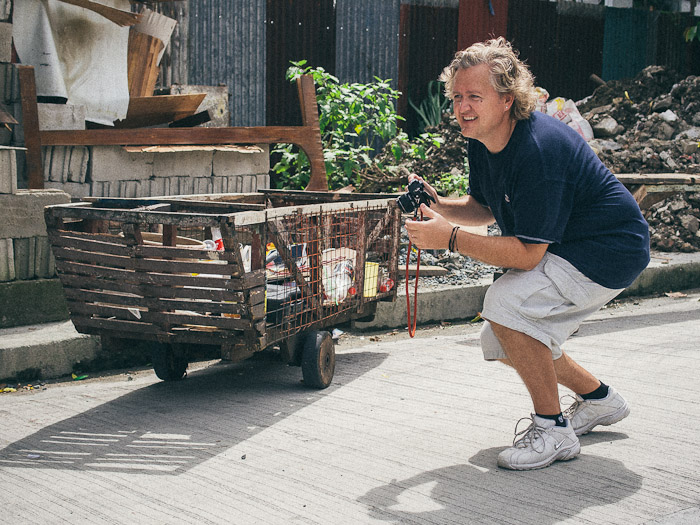 (Kurt Kamka on the prowl on the back streets of Makati, OMD - 25mm)
(Kurt Kamka on the prowl on the back streets of Makati, OMD - 25mm)
Some will know Makati as the business district of Manila in the Phillipines....some may know it for another reason - an infamous red light district.....you will find neither of those places featured in this blog post.
Today's post is about two guys just going for a walk down a few streets of Makati, well away from the business zone and suits and well away from the red lights. I see both those things in Hong Kong on a day to day basis whilst moving around town and I have no desire to feature either of them here, so I wanted to simply show a few images from taking a walk down some completely normal streets just off the tourist map in Makati with my new shooting buddy Kurt Kamka.
I was lucky enough to hook up with Kurt Kamka on this trip who was my trusty guide throughout my few days shooting. He does some outstanding photography on the streets of Manila and his work can be see at the following links:
Something I have mentioned a few times before and will continue to do so is about using the Olympus OMD camera for this type of photography - in my mind its perfect....simple as that.....both me and Kurt shoot in a similar fashion with this camera, fully utilising the rear tiltable screen as a viewfinder and one touch shutter release of the screen...it works wonders. Ironically both of us previously shot with Leica M series cameras but are both finding the Olympus to be well up to the job on the streets (Kurt also still shoots with a Leica S2 camera).
(Brothers, OMD - 75mm)
We had earlier been shooting some people that live at the Catholic Cemetery in Manila (blog post on that featured here) then grabbed some water and headed for another hours walk round some back streets. These are the images that we captured on that walk. I am still mesmerised by the colours of the Phillipines, I actually find it hard to shoot in black and white here, as everything has a beautiful 1970s pastel colour tone to it (in my mind at least), which I just want to record all the time with my camera. Even this little girls blue Ukalele seen below was exactly that, from the clothes to the Jeepneys, the colours just scream out at me.
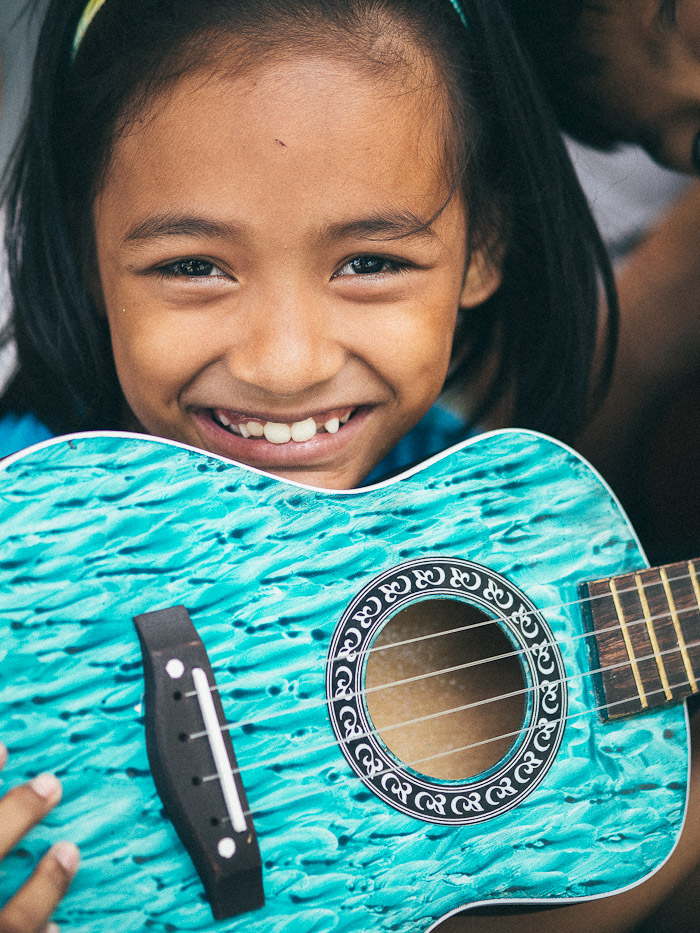
(Perhaps the warmest smile of the day - OMD - 75mm)
We came across these kids sat in the street playing musical instruments and having a great time together, I stopped to take some photos, help them practice a little bit of English and then scare them with my terrible Ukalele skills...lol.
(Image by Kurt Kamka - The kids weren't familiar with my Beatles and Rolling Stones renditions...lol)
I have never seen so many smiling kids as I have seen here during this trip, a lot of people call Thailand 'The land of smiles'....I'm quite sure the Phillipines could easily win this title also.
(Land of smiles, OMD - 75mm)
There were also plenty of animals to be found along these back streets, I saw a lot of cockerels tied to doorways, and Kurt explained to me that these were used for 'cockfighting', a viscious sport I imagine which seems to be very popular here and in many other parts of Asia. I also encountered a vicious dog or two, luckily tied to a post, and probably the skinniest cat I have ever seen!
(Who let the dogs out?, OMD, 25mm)
('Ma-Cat-i' in Makati, OMD - 25mm)
As well as the young kids in the street we met plenty of elder folk who were equally as nice and pleased to meet and interact with us as we wandered through their neighbourhood. Of course we had a few funny looks at first, but with big smiles and friendly gestures, every single person we met was more than happy to be photographed.
(Friendly gentlemen in Makati, OMD - 75mm)
On our way out of the back streets we came across a building site, where some workers were hanging around outside on a break, they stopped us in our tracks and insisted that we photograph them. The Fillipinos just seem to LOVE being photographed at every opportunity.
(Pinoy smiling builders, OMD - 75mm)
As we finished our walk the heavens opened and poured down, so it was time to jump in a cab and head back for a coffee and some editing. A succesful day was had by both of us and a great first meeting. On the way back to my hotel I was reminded of the poverty that of course exists here as beggars tapped on the taxi window asking for money, I am never sure what is best in this situation, does giving them money keep them on the streets...i guess so...but its always a hard call for me...
(Begging at the roadside - OMD - 12mm)
The following day I found a photography paradise in a part of town called 'Pembo'. I am currently editing my images from that location and will do my next blog post on that once I arrive back to Hong Kong tomorrow afternoon. Please be sure to come back for a look as there are some great characters featured in those images and if anyone reading this has any desire to photograph life in the phillipines, I strongly recommend visiting that place.
All images here are shot on the Olympus OMD with various prime lenses and all processed with 1-click presets fromVSCO film presets, still by far my favourite film simulation filters that work directly as a preset within Lightroom 4.
For other posts I have written recently with images of the new Olympus OMD in Manila please see the links below:
LINK TO BLOG POST: Residents of Makati Catholic Cemetery
LINK TO BLOG POST: OMD goes to Manila (first trip in July 2012)
LINK TO BLOG POST: OMD shooting in Ulingan, Tondo, Manila
Thanks for taking the time to visit our blog, if you like our blog and website, please ‘like’ us on our public Facebook page and share this story with your friends with the Facebook and twitter links below. You can also subscribe to our blog via the RSS link below.
F8 Photography provides commercial photography and photography and video training workshops, more details can be found via the ‘courses and workshops’ link and upcoming events via the front page of our website.


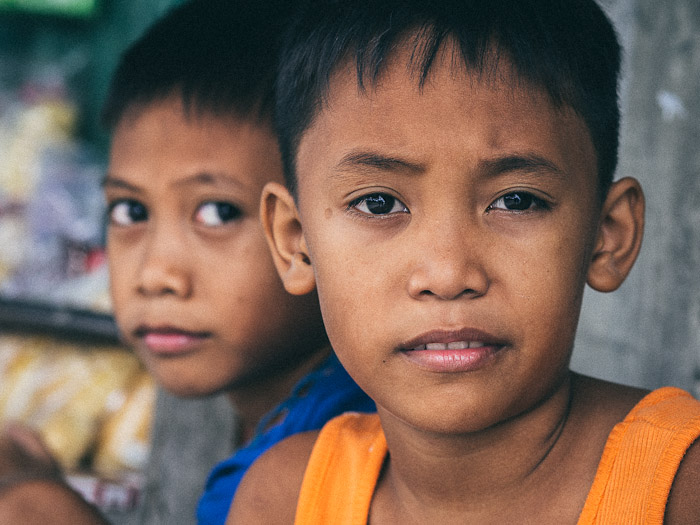

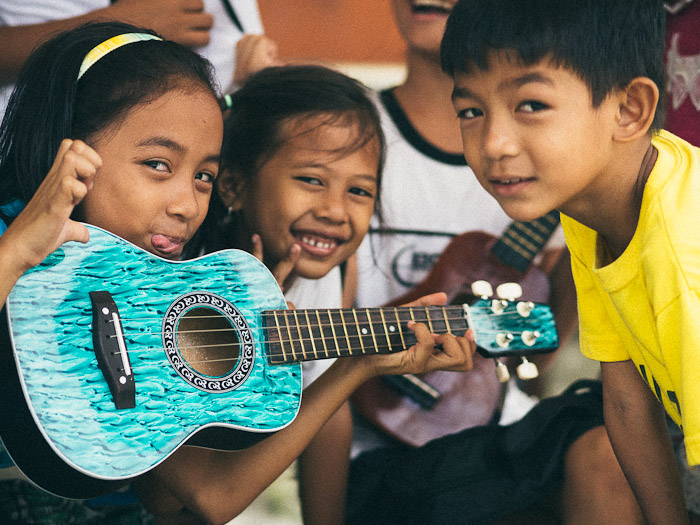
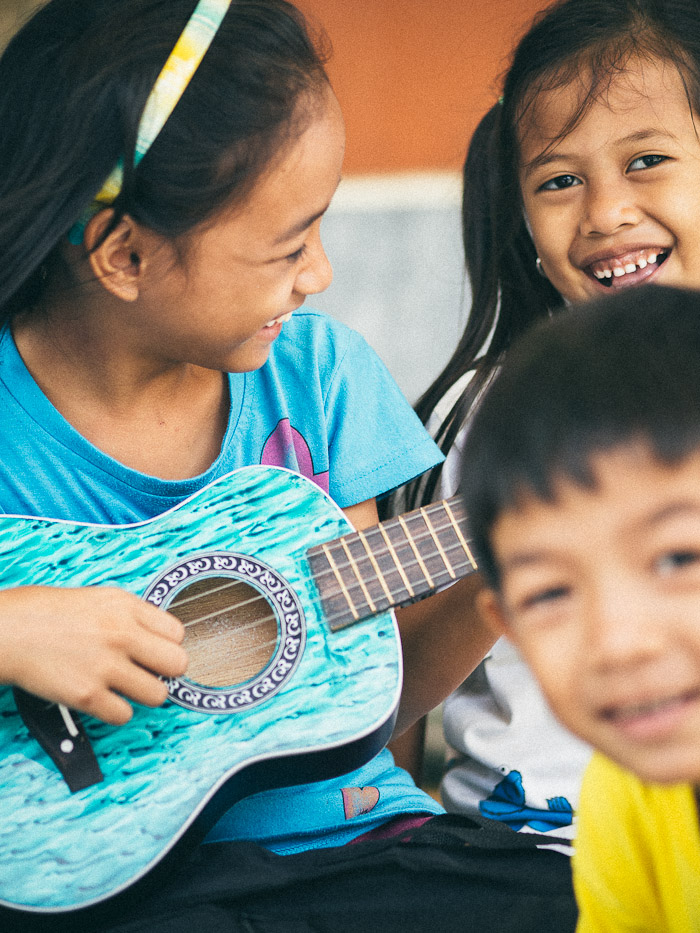
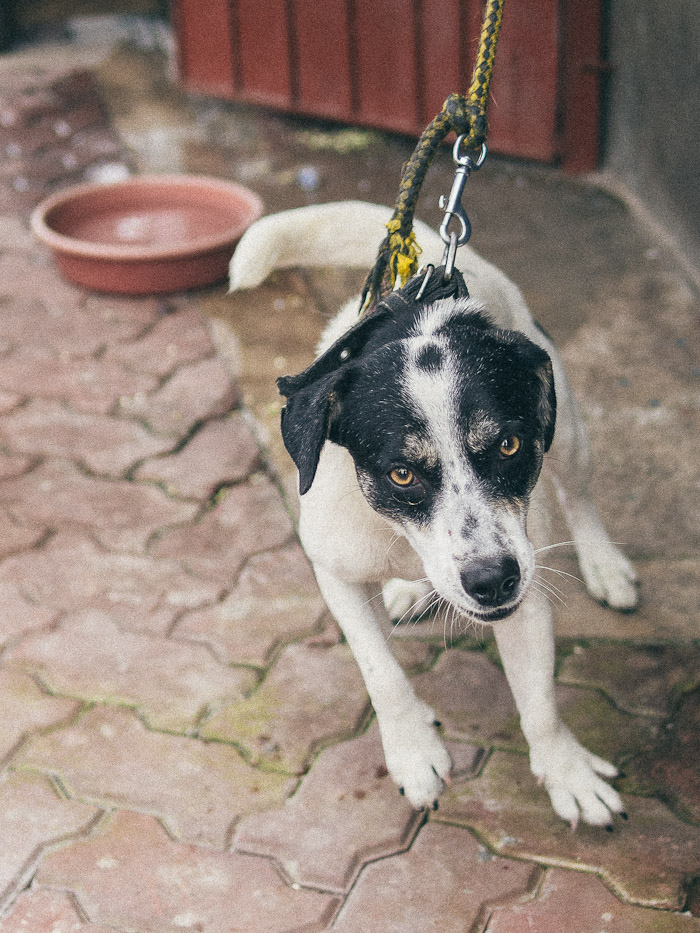

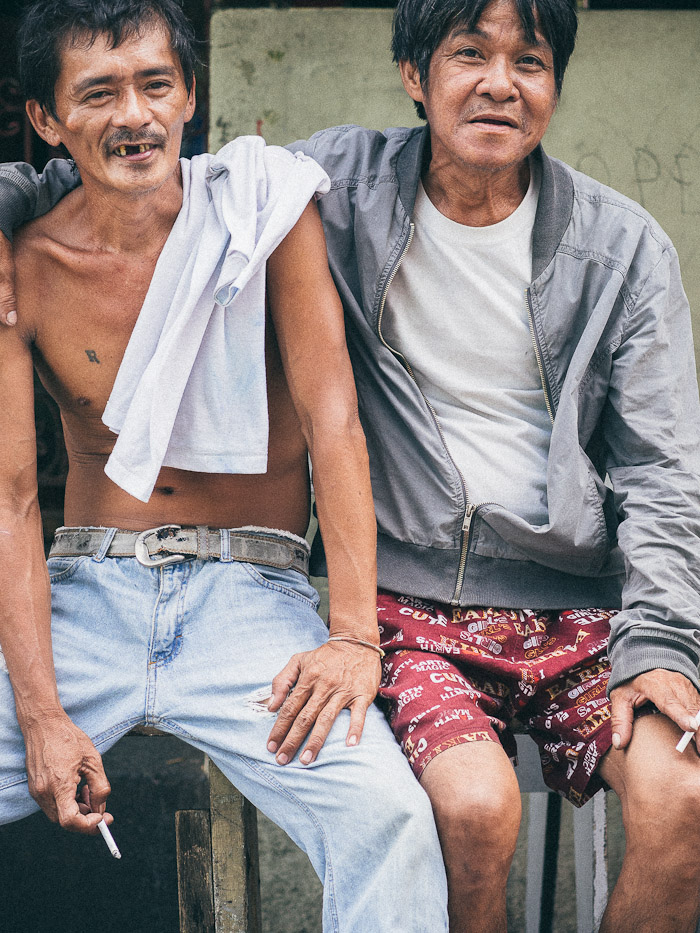
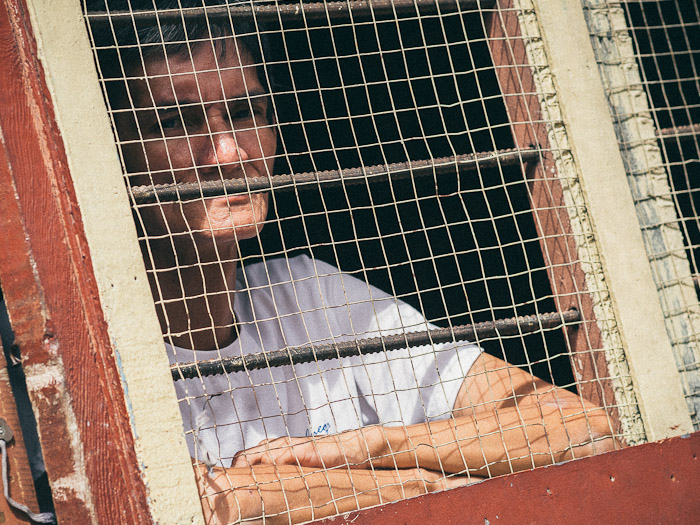
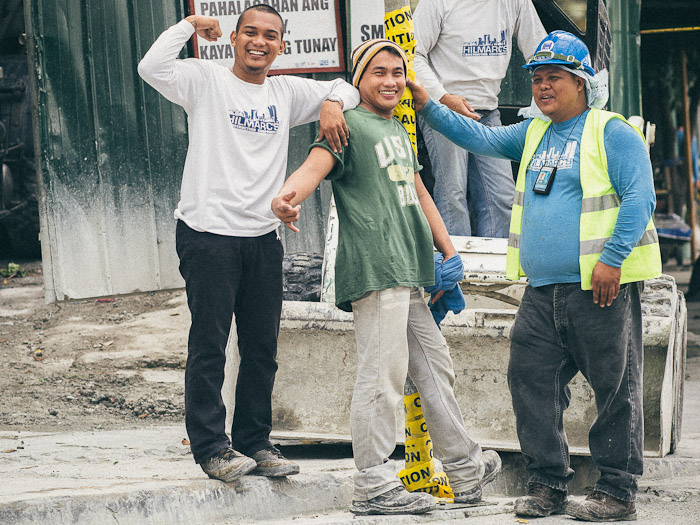







 (local school in Phnom Penh, with super friendly staff and kids, 45mm)
(local school in Phnom Penh, with super friendly staff and kids, 45mm)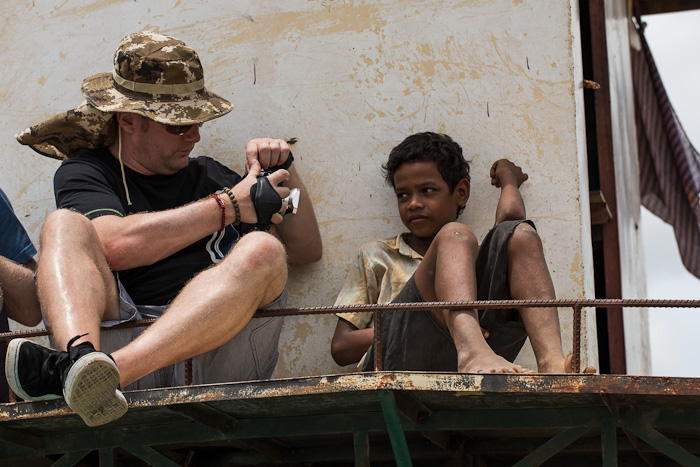





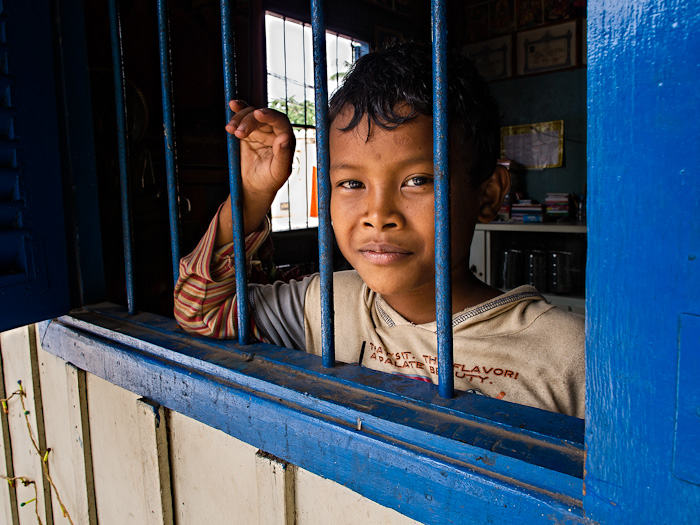
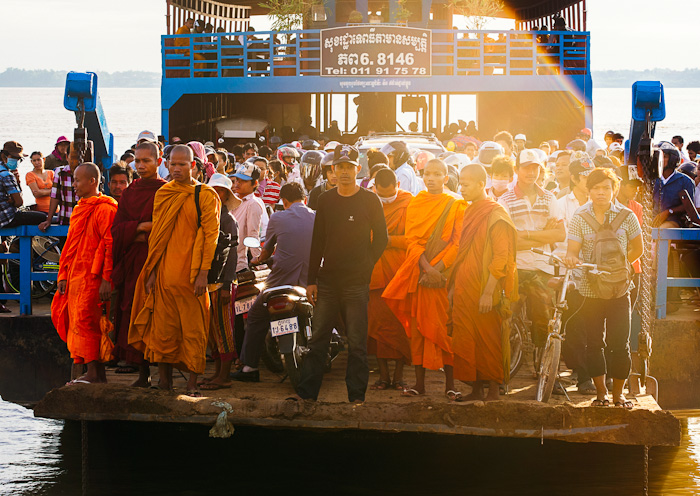
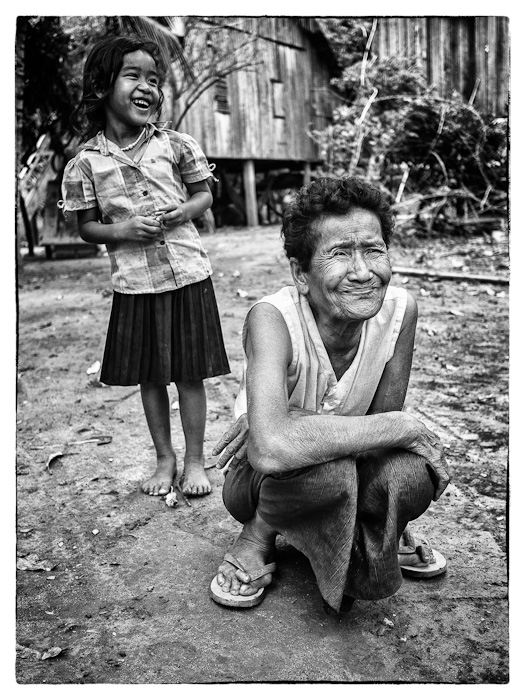
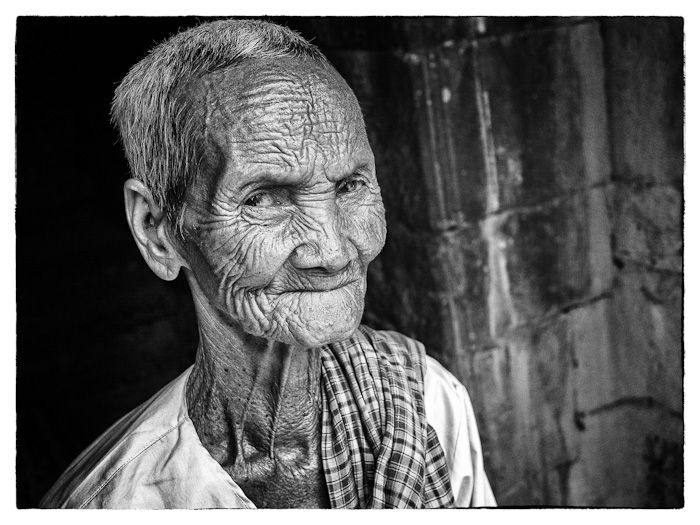


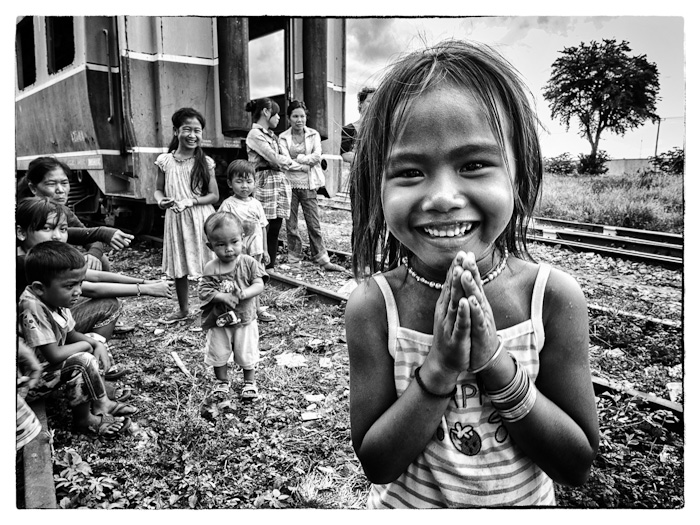


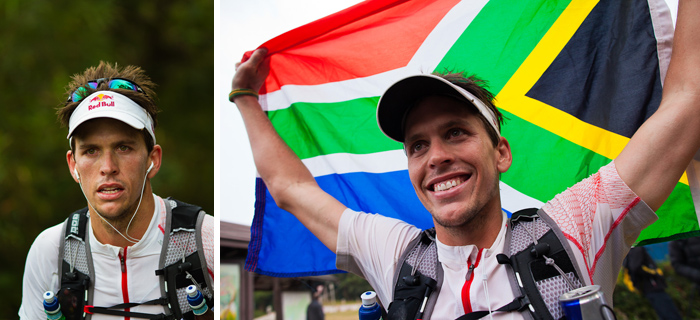 (Ryan Sandes - Winner HK100 2012 in a new record time of 9hrs 55 mins!!)
(Ryan Sandes - Winner HK100 2012 in a new record time of 9hrs 55 mins!!)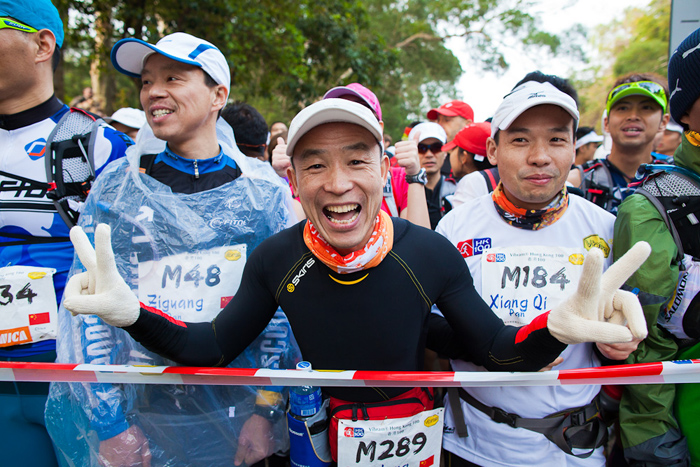
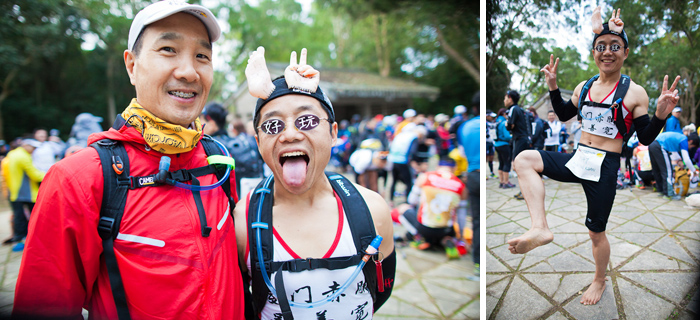 (this guy on the right about to run 100km across rocks with no shoes on?!? Must be crazy!)
(this guy on the right about to run 100km across rocks with no shoes on?!? Must be crazy!)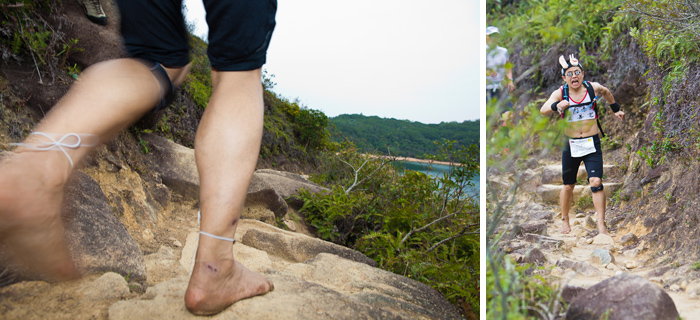
 (slow sync flash with the Canon 5DII and 24mm mark II prime lens)
(slow sync flash with the Canon 5DII and 24mm mark II prime lens)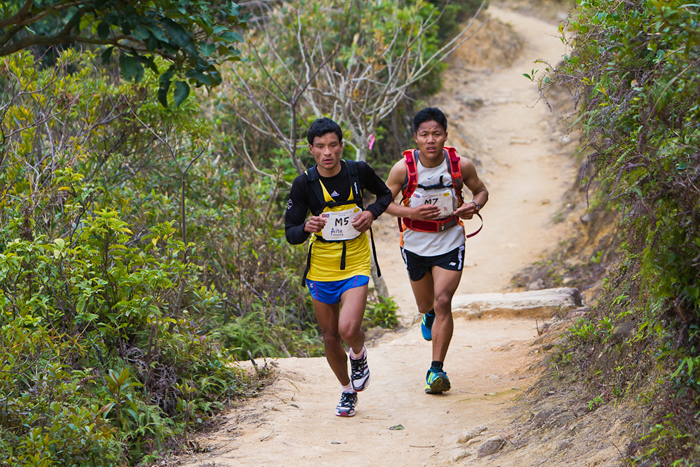 (the two Nepalese runners who led the way for much of the race, eventually coming 2nd & 3rd)
(the two Nepalese runners who led the way for much of the race, eventually coming 2nd & 3rd)
 (smiles all the way to the finish line)
(smiles all the way to the finish line)
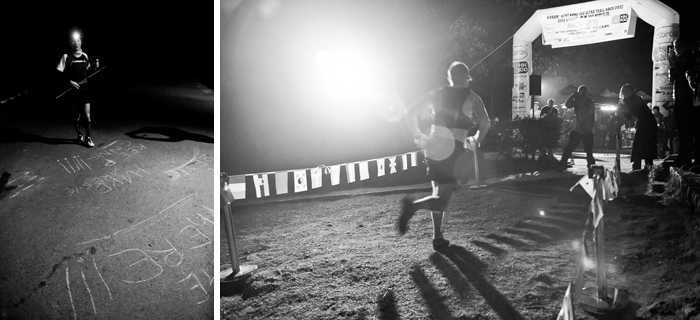 (high ISO in the middle of the night - no problem for the 5D mark 2)
(high ISO in the middle of the night - no problem for the 5D mark 2)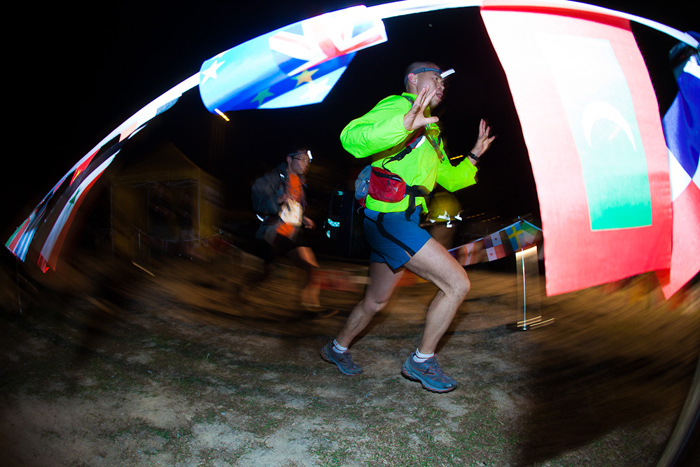 (5D mark II with fisheye lens and slow sync)
(5D mark II with fisheye lens and slow sync)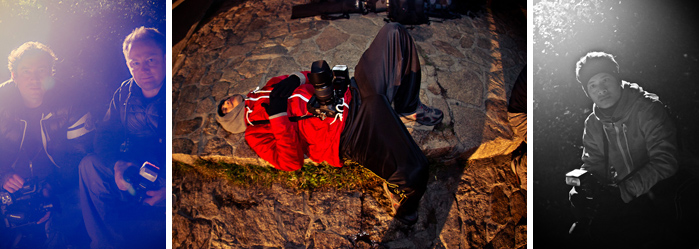 (James the videographer from Mededs with Gary, RJ taking a break and in action during the night)
(James the videographer from Mededs with Gary, RJ taking a break and in action during the night)
